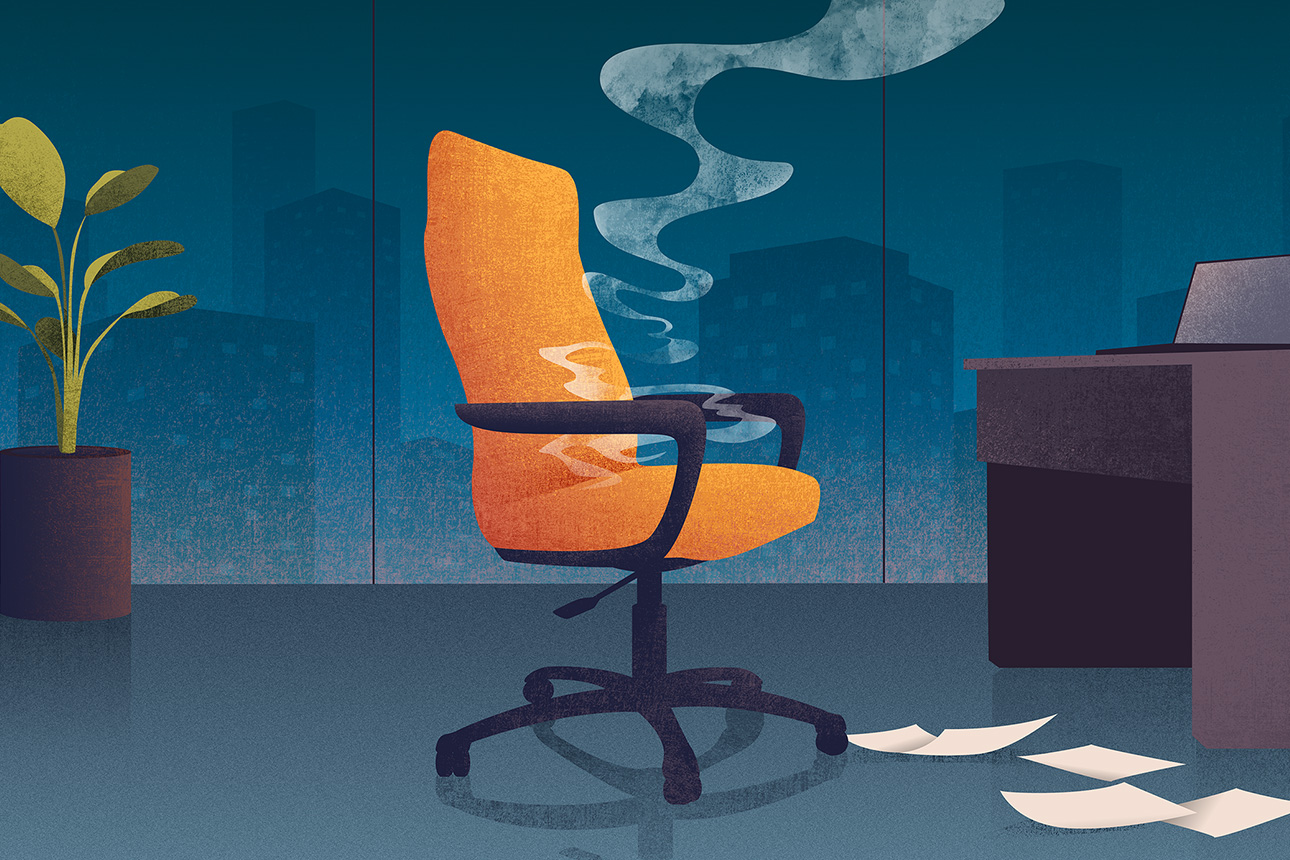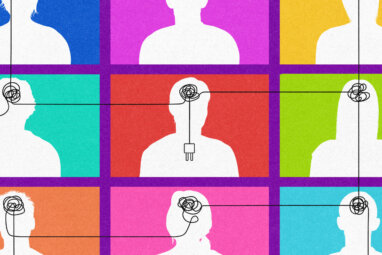Design Work to Prevent Burnout
A new model for improving work design supports change that increases employee engagement and reduces stress.

Tang Yau Hoong
Managers are responsible for keeping employee morale and productivity high. Yet when they try to reduce burnout and improve worker well-being, many report not knowing where to start or what to do.
Absent clear solutions, they tend to focus on fixing the person, such as by offering the overworked employee productivity tips and encouragement to assert healthy boundaries, or providing stressed-out workers with training in mindfulness techniques or yoga classes at lunchtime. However, fix-the-worker strategies do little to resolve stress caused by long hours and unreasonable workloads.
The problem is not new but remains urgent and costly. HR leaders are painfully aware that disengagement and burnout are significant threats to productivity and talent retention. In the U.S., 67% of workers report feeling disengaged from their work, and 49% intend to leave their current job.1 Meanwhile, burnout is rampant. In a 2023 survey of U.S. adults, the American Psychological Association found that younger workers, especially, are at risk: Fifty-eight percent of 18-to-34-year-olds said that their daily level of stress is overwhelming.2 Disengaged, stressed-out employees do not perform at their best, and when one of them quits, it costs an estimated 30% to 200% of that employee’s salary to recruit and train their replacement.3
A better approach is to create healthier and more sustainable jobs through good work design. Decades of research show that when jobs include positive characteristics such as autonomy, variety, and social support, employees are more satisfied, motivated, and committed to the organization, and they perform better.4 Meanwhile, minimizing work characteristics that harm people, like excessive time pressure, is crucial to preventing burnout.
But herein lies the challenge: Really improving work design requires leaders to consider more than three dozen positive and negative work characteristics. This level of detail enables them to gain a nuanced understanding of work design, but deciding which characteristics are most important to address can be overwhelming. Furthermore, the two most common models for designing work are difficult to apply and are incomplete in crucial ways.
The Job Characteristics Model, first introduced by organizational psychologists Greg R. Oldham and J. Richard Hackman in 1976, identified five important characteristics for work motivation and well-being.5 However, many more characteristics have since been identified, and the model does not cover job demands that drive burnout, such as workload.
References (13)
1. “State of the Global Workplace: 2024 Report,” PDF file (Washington, D.C.: Gallup, 2024), www.gallup.com.
2. “Stress in America 2023: A Nation Recovering From Collective Trauma,” American Psychological Association, November 2023, www.apa.org.





Comment (1)
Stuart Roehrl